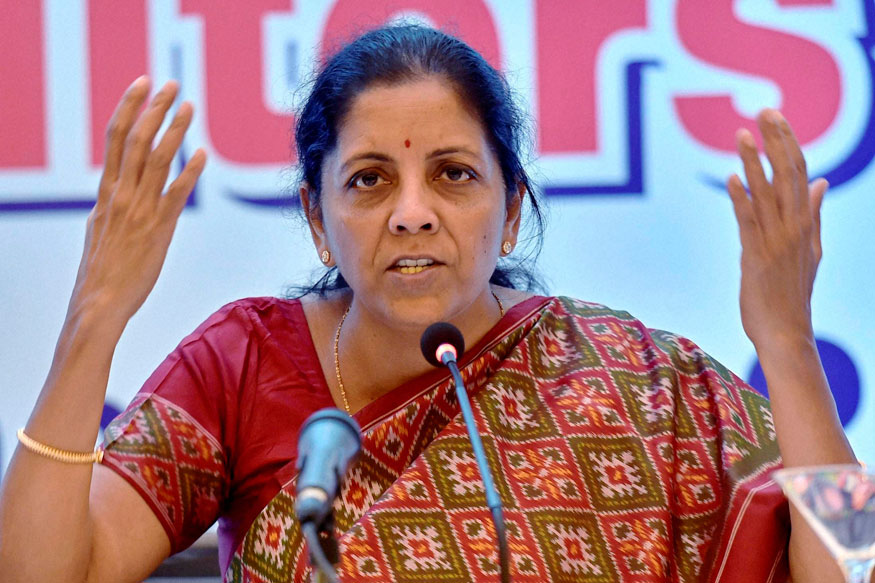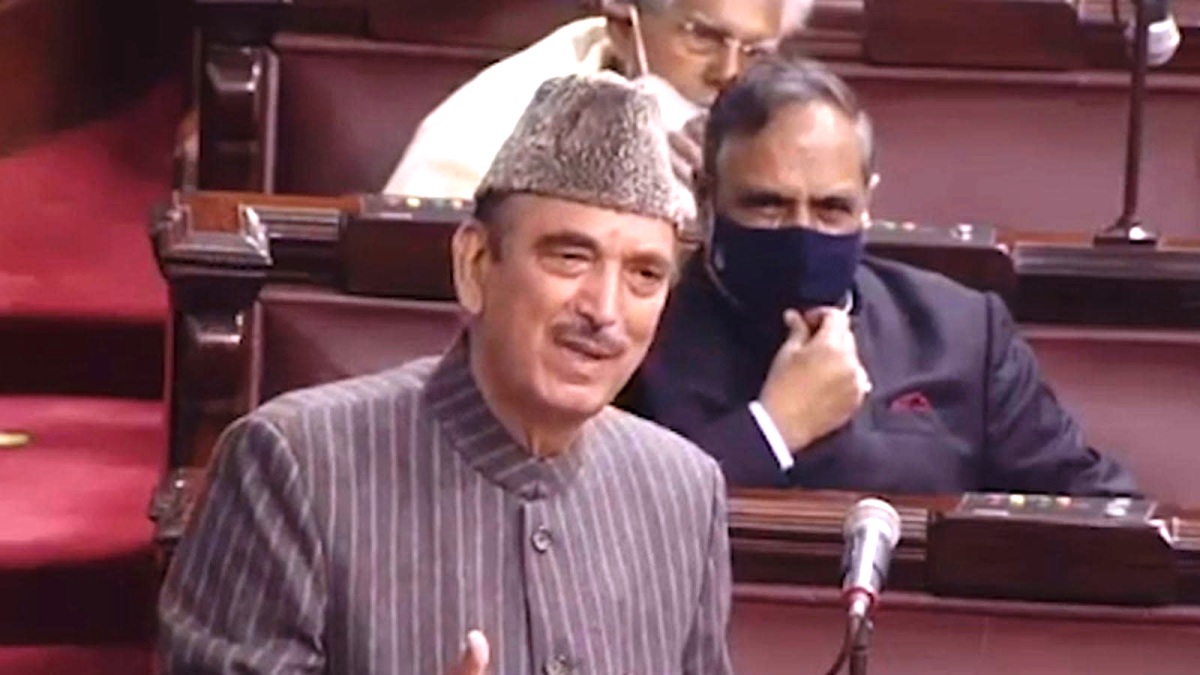13. Thereafter, in the order dated 23rd July, 2012, the Court also noticed that within three days the mortality rate had gone up from 84 to 97 which was a matter of great worry for all concerned.
14. The report of the SHPC was submitted along with the affidavit dated 6th September, 2012, sworn by Sh. Madhav Lal, Chief Secretary to the Government of Jammu and Kashmir. This report made its recommendations under eight different heads.
15. Besides dealing with the issues of health, environment, registration, access control & security, track conditions and other public amenities, the Report stated its recommendations under the head ‘Summary of Recommendations’.
16. The counsel appearing for the parties, including for the State of Jammu and Kashmir and the Shrine Board, submitted before the Court that by and large, the recommendations of the SHPC were acceptable. In fact, they
even assured the compliance of the recommendations, subject to statutory clearance from the different authorities. The Court noticed that the recommendations of the SHPC could be divided into two different classes:
Short-term perspective and Long-term perspective. Short-time perspective involved the steps which the Government and the Shrine Board were to proceed to take forthwith and which required immediate attention of all the stakeholders. Long-term perspective included steps where the larger element of planning was involved and their compliance was likely to take some time. In that very order, the Court had directed immediate compliance of certain works at Baltal and surrounding areas. They related to sewage system (STP) at Baltal and widening of passage from Baltal to the holy shrine. The Chief Secretary of the State of Jammu and Kashmir and the Shrine Board were directed to take appropriate steps for planning of matters relating to medical facilities, registration and other ancillary works including deployment of force and one way passage at the Shrine during the next yatra.
17. Vide his letter dated 4th December, 2012, the Ministry of Environment and Forests, Government of India, informed the Additional Solicitor General that the affidavit of the State of Jammu and Kashmir had been perused in
compliance with the orders of this Court and that the environmental issues had been correctly reflected therein, in accordance with the final report prepared by the SHPC and the Ministry was in agreement with the contents of
the affidavit. Similarly, the Ministry of Health and Family Welfare, Government of India, vide its letter dated 3rd December, 2012 had also informed the Additional Solicitor General that a meeting was held by the Union Health Secretary with the Government of Jammu and Kashmir and the Chief Executive Officer of the Shrine Board to decide the further course of action on health issues in terms of the report of the SHPC. The issues also related to the States and the Union Territories, identifying the institutions for medical certification and augmenting manpower to support
the efforts of the State Government. Inter alia, the points for attention were stated as follows:
“(i) Identify Chief Medical Officer/Medical Superintendent/Block Medical Officer/other Government doctors authorized by the State Government for issuance of compulsory health certificate.
(ii) Provide list of private medical institutions authorized by the State Governments to issue compulsory health certificate and
(iii) Make available services of Specialists and General Duty Medical Officers to supplement the efforts of the Govt. of Jammu & Kashmir.”
8. From the above narration it is clear that the Union of India, itsvarious Ministries, the State of Jammu and Kashmir and the Amarnathji Shrine Board were ad idem in regard to the contents and implementation of the report submitted by the SHPC. During the course of hearing of the petition, applications for intervention were filed, which have also been considered. The interveners and all other stake holders were heard at great length. During the course of hearing, certain further suggestions were made, which were found to be useful and in general public interest.
9. The scheme under the Indian Constitution unambiguously enshrines in itself the right of a citizen to life under Article 21 of the Constitution. The right to life is a right to live with dignity, safety and in a clean environment. The ambit of Article 21 of the Constitution has been expanded by judicial pronouncements consistently. The judgments have accepted such right and placed a clear obligation on the part of the State to ensure meaningful fulfillment of such right. Article 21 of the Constitution, with the development of law has attained wide dimensions, which are in the larger public interest. Furthermore, Article 19(1)(d) gives a citizen the right to move freely throughout the territory of India. This right, of course, like any other right is not absolute in terms or free of restrictions. This right, of course, like any other fundamental freedom is neither absolute in terms nor is free from restrictions. Article 19(5) subjects this right to imposition of reasonable restrictions which the State by law may enact. Such restriction has to be in the interest of general public or for the protection of interest of any Scheduled Tribe besides being reasonable and within its legislative competence. Article 25 deals with the Right to Freedom of Religion, subject to public order, morality, health and other provisions stated in Part III. All persons are equally entitled to freedom of conscience and the right to freely profess, practice and propagate religion. Of course, again this right is subject to
reasonable restrictions within the ambit of Article 25(2) of the Constitution. In light of these three Articles, now we have to examine which rights of the citizens are being violated and what is the scope of the present proceedings before the court and what directions, if any, the court can issue within the four corners of law. It has undoubtedly and indisputably come on record that the rights of yatris to the holy shrine enshrined under Article 21 of the Constitution of India, are being violated. There is admittedly lack of basic amenities and healthcare. The walking tracks are not only deficient but are also not safe for the pedestrians. The management and arrangements for the yatris at the glacier and near the Holy Shrine are, to say the least, pathetic. Keeping in mind the number of yatris who come to pay their homage at the Holy Shrine every year, the management suffers from basic infirmity, discrepancies, inefficiency and ill-planning. The Government of India, State of Jammu and Kashmir and the Shrine Board are under a constitutional obligation to provide free movement, protection and health care facilities along with basic amenities and proper tracks to be used by the yatris.
10. Now, we may examine the dimensions of the rights protected under Article 21 of the Constitution of India. The socio-economic justice for people is the very spirit of the preamble of our Constitution. ‘Interest of general public’ is a comprehensive expression comprising several issues which affect public welfare, public convenience, public order, health, morality, safety etc., all intended to achieve the socio-economic justice for people. In the case of Consumer Education and Research Centre v. Union of India (1995) 3 SCC 42, this Court while noticing Article 1 of the Universal Declaration of Human Rights, 1948 (for short ‘UDHR’) asserted that human sensitivity and moral responsibility of every State is that “all human beings are born free and equal in dignity and rights. They are endowed with reason and conscience and should act towards one another in a spirit of brotherhood.” The Court also observed “the jurisprudence of personhood or philosophy of the right to life envisaged under Article 21, enlarges its sweep to encompass human personality in its full blossom with invigorated health which is a wealth to the workman to earn his livelihood, to sustain the dignity of person and to live a life with dignity and equality.”
11. Not only this, there is still a greater obligation upon the Centre, State and the Shrine Board in terms of Article 48A of the Constitution where it is required to protect and improve the environment. Article 25(2) of the UDHR ensures right to standard of adequate living for health and well-being of an individual including housing and medical care and the right to security in the event of sickness, disability etc. The expression ‘life’ enshrined in Article 21 of the Constitution does not connote mere animal existence or continued drudgery through life. It has a much wider meaning which includes right to livelihood, better standard of —















